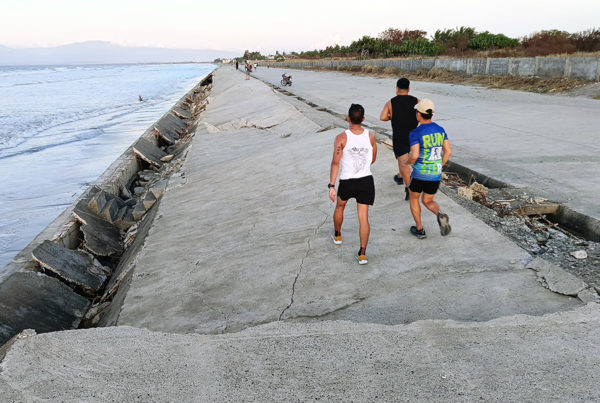Injured butanding treated in Tondaligan Beach
A wounded butanding (whale shark) was beached in Bonuan, Tondaligan on Thursday at about the same time several others were seen in Lingayen, San Fabian and Labrador.
A team led by Dr. Westly Rosario, Bureau of Fisheries and Aquatic Resources center chief in Dagupan and the interim executive director of the National Fisheries Research and Development Institute (NFRDI), rushed to the scene to check on the creature after receiving the report from the residents.
It was found with a wound about one foot long and two inches wide at the front area of its dorsal fin.
Dr. Gany Gaspar from the Aquatic Animal Health Laboratory of the NFRDI treated the butanding believed to have been hurt from a fishing net, locally known as kalukor.
The butanding was released back to the sea after it was treated.
Meanwhile, another butanding was sighted in the sea along Barangay Estanza in Lingayen.
Rosario and his team checked out the shark, estimated to be about 14 feet long, swimming about 200 meters from the shoreline.
It was deemed in good health.
Rosario said the presence of whale sharks at the Lingayen Gulf could be an indication that fish still abound in the area as whale sharks feed on small sea animals.
Whale sharks are filter feeders, swimming with its mouth open, sucking masses of water filled with prey, including plankton, krill, small fish and squid, into the mouth.
Four butandings were first sighted at the Lingayen Gulf in May 2001.
Rosario said Pangasinenses, particularly those living along the coast, have been educated to protect these creatures, known to be gentle giants of the sea and considered a very sociable creature.
The butanding, the largest living fish species, is found only in the waters of five countries, including the Philippines.#







